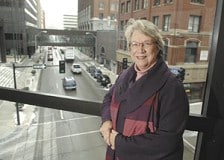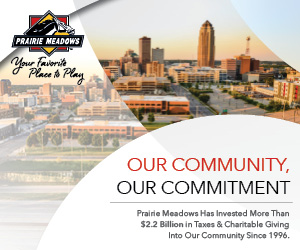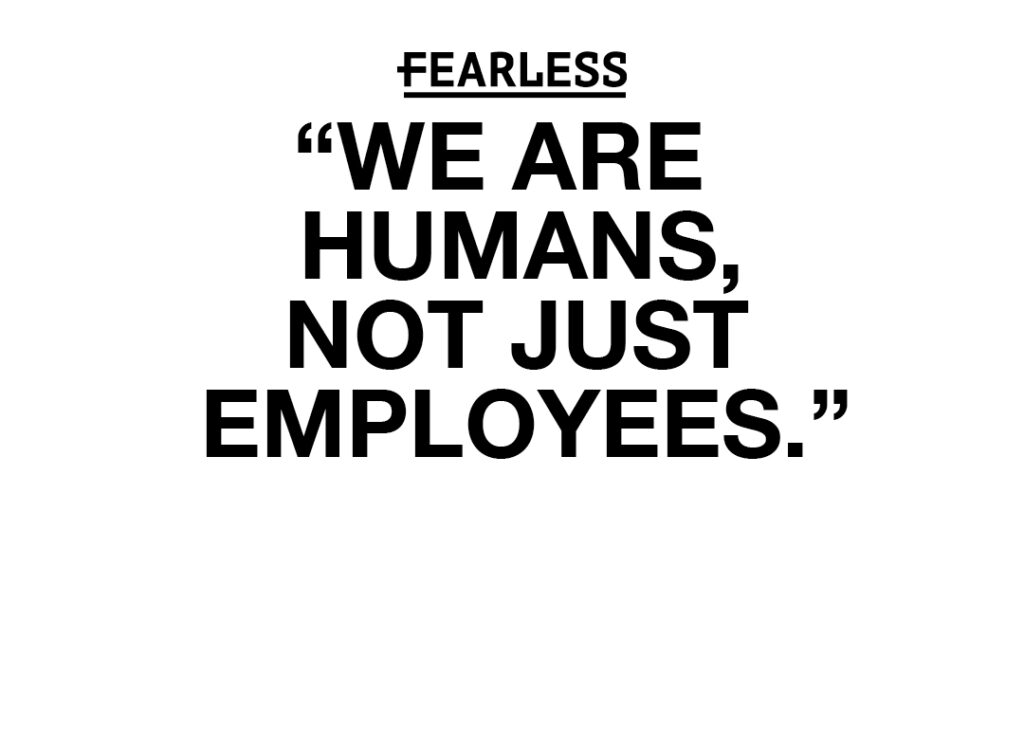Martha Willits: A look back and to the future

CHELSEA KEENAN Jan 20, 2012 | 1:00 pm
<1 min read time
0 wordsBusiness Record Insider, Economic Development
Martha Willits, president and CEO of the Greater Des Moines Partnership, will retire from her position at the end of January and transition to resource development planning for the Partnership on Feb. 1.
Over the years, Willits has served in three distinct leadership capacities – as an elected official on the Polk County Board of Supervisors, in the nonprofit world as president of United Way of Central Iowa and in the private sector as president of the Partnership. Her roles have given her a wide range of knowledge and allowed her to watch the city’s transformation up close and personal.
I had the opportunity to sit down with Willits and talk about what she has learned during her 30 years of leadership, her observations about the Des Moines business community and what she thinks the city’s future holds.
On Des Moines’ past
“There’s been amazing change in Des Moines in both the capital infrastructure and the quality of life,” Willits said. “We are able to make steady progress because of community leadership and involvement. There was a huge downtown renaissance in the ’80s, and we’re having one again now. You need a vibrant hub to grow and to make sure you are a major metropolitan area.”
Building and strengthening Des Moines’ assets has been a key factor in its growth, she said. Likewise, making strategic decisions and focusing on maintaining and increasing Iowa’s population have paid off.
Willits said the community has also had to be cognizant of its disparities, both educational and economic. In addition, it has had to work on understanding and celebrating diversity. One particular improvement in that area has been the increase in women serving in leadership roles.
“There are more women in elected roles since when I started,” she said. “There’s more in business leadership and involved in the nonprofit community. There have been a lot of changes over time.”
On Des Moines’ present
“Iowa has a strong consolidated organization of leaders that are able to make a strategic vision, like Capital Crossroads, which can be a model for the country on how you can work on lots of different fronts in both the public and private sector,” Willits said.
She said the reason the community has been able to make so many positive changes is that it is collaborative. “We’re coming to the table and connecting the dots,” she said.
Listing projects such as the John and Mary Pappajohn Sculpture Park and an extensive trail system throughout Central Iowa that will soon include the completion of the Principal Riverwalk, Willits said the community has really focused on improving Des Moines’ quality of life.
“Real, deliberative work and smart decisions add up,” she said, adding that leaders here want to “hurry change” and take advantage of opportunities to get Des Moines and Central Iowa on the map.
On Des Moines’ future
Despite how far Des Moines has come, Willits still recognizes that the community has many challenges still ahead of it, but she said every one is conquerable.
Though Willits repeatedly lauded Des Moines’ strong leadership, she said such strength actually has the potential to make passing the torch to the next generation of leaders difficult. She said because so many different aspects of the community are supported by a strong core group, it could be hard when the time comes that they are no longer involved. But, luckily, leaders have already zeroed in on the issues facing them with generational change.
She also notes that one of the biggest challenges is getting people to Iowa and keeping young professionals in the state after graduation. She hopes the recent improvements to the area’s quality of life and Des Moines’ No. 1 ranking in Forbes magazine as the best place for young professionals will help the cause.
“As Iowans, we’ve always been humble,” she said. “We’ve never been good at marketing ourselves. But we know now that we need to market ourselves to keep young people here and attract young people. We need to have the rest of the world see us.”











